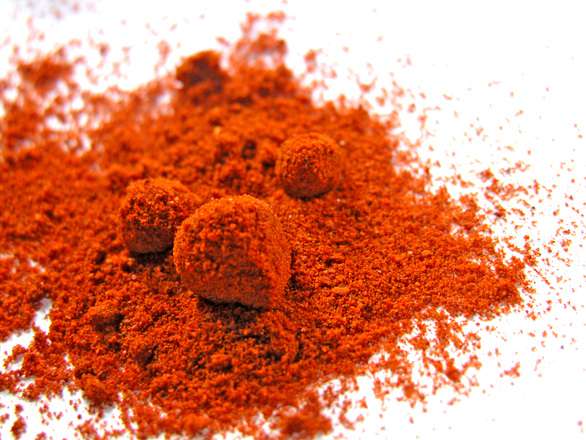
The rapid rise of prescription opioid abuse has spurred the FDA to call for the development of abuse-deterrent opioids.
Image Source: Flickr user Liz West
For years we have seen the headlines warning us of a rising tide in prescription opiate-related deaths, seemingly indiscriminately spilling across the country from coast to coast, infiltrating small towns and big cities alike. As prescriptions have exploded, a prolific black market emerged, and social stigma has dropped, these drugs have seen increased “environmental availability” for those seeking both legal and illegal avenues to drug procurement1, leaving a trail of victims that include everyone from hardcore drug users to seniors who got addicted to oxycodone after surgery to college kids who buy a handful of $25 pills of hydrocodone for Saturday night. In 2013 alone, 16,000 people died from prescription opioids, an increase of over 400% in 10 years.2 That year, mounting concern regarding prescription opiate abuse spurred the FDA to call on pharmaceutical companies to create abuse-deterrent opioids, noting that the development of such drugs is “a public health priority,” as the number of overdoses and deaths continue to climb.3
By spring of 2015, the FDA released its finalized guidelines for development, evaluation, labeling, and approval of abuse deterrent drugs, promising to work with the pharmaceutical industry to bring products to market as quickly as possible to fill the need for therapeutic applications while minimizing risk of illicit use.4 “Development of abuse deterrent products is a priority for the FDA, and we hope this guidance will lead to more approved drugs with meaningful abuse-deterrent, “ says Janet Woodcock, director of the FDA’s Center for Drug Evaluation and Research. “While abuse deterrent formulations do not make an opioid impossible to abuse and cannot wholly prevent overdose and death, they are an important part of the effort to reduce opioid misuse and abuse.” As research, development, and production of abuse-deterrent prescription opiates continue to mature and lead to advancements in pharmacological technologies, spectrophotometric color measurement can play an integral role in optimizing the success of these innovative products.

Abuse deterrent strategies that impair the crushing of opioids into fine, snortable, and soluble powder may inhibit the riskiest forms of recreational use. Image Source: Pixabay user zephylwer0



